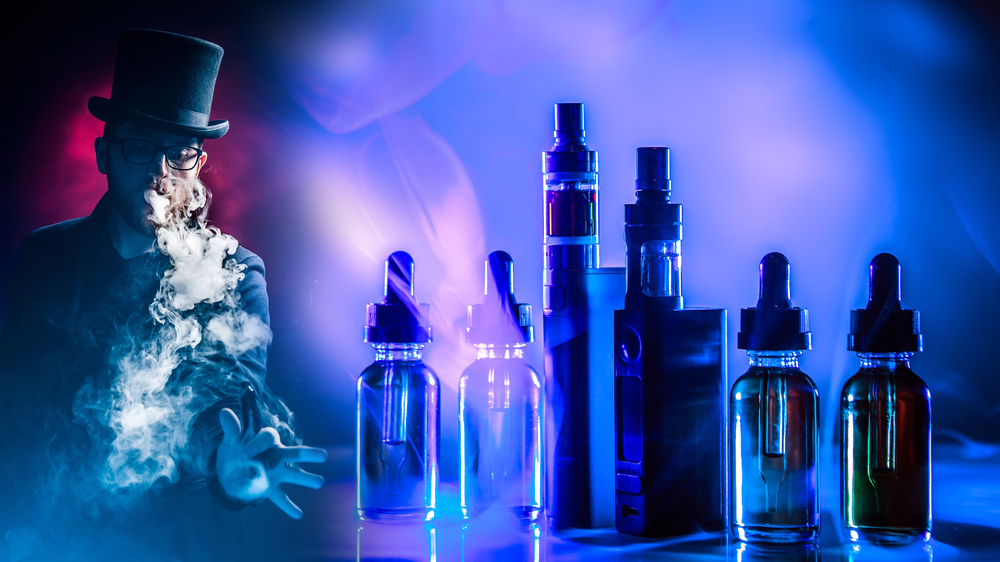Introduction
In a world where health and cleanliness have taken center stage, finding effective ways to keep our living spaces germ-free is essential. Many commercial disinfectants contain harsh chemicals that can be harmful to both our health and the environment. Fortunately, there are simple and natural alternatives available right in your kitchen. In this article, we’ll explore DIY disinfectant recipes that harness the power of natural ingredients for safe and effective cleaning.
Understanding the Benefits of DIY Disinfectants
DIY disinfectants offer several advantages. They are cost-effective, customizable, and free from harsh chemicals that can irritate the skin and respiratory system. Plus, you’ll have the satisfaction of knowing exactly what’s in the products you use.
Essential Ingredients for DIY Disinfectants
Common household ingredients like vinegar, baking soda, essential oils, and citrus peels are the building blocks of effective DIY disinfectants. These ingredients possess natural antibacterial, antiviral, and antifungal properties.
Basic Supplies You’ll Need
Gather some essential supplies before you begin your DIY journey: spray bottles, measuring cups, mixing bowls, a funnel, and labels for your finished products.
Lemon Infused Vinegar Disinfectant
Combine citrus peels (lemon, orange, or lime) with white vinegar in a glass jar. Allow the mixture to infuse for about two weeks, then strain the liquid into a spray bottle. Dilute with water (1:1) before use. This mixture effectively cuts through grease and grime.
Tea Tree and Lavender All-Purpose Cleaner
Mix water, white vinegar, and a few drops of tea tree and lavender essential oils in a spray bottle. Tea tree oil is known for its powerful antiseptic properties, while lavender adds a pleasant scent.
Citrus Peel Degreasing Spray
Citrus peels can also be used to make a degreasing spray. Place citrus peels in a jar and cover them with white vinegar. Seal the jar and let it sit for a few weeks. Strain the liquid into a spray bottle and use it to tackle tough greasy messes.
DIY Disinfectant Wipes
Take reusable cloth wipes or cut old t-shirts into squares. Soak them in a mixture of water, white vinegar, and essential oils. Store them in a container for convenient use.
Eucalyptus and Mint Bathroom Cleaner
Create a refreshing bathroom cleaner by mixing water, white vinegar, eucalyptus, and mint essential oils. This blend not only disinfects but also leaves your bathroom smelling clean.
Vinegar and Baking Soda Spray
Sprinkle baking soda on surfaces, then spray a mixture of water and white vinegar. The fizzing action helps to lift dirt and grime, making it easier to wipe clean.
Herbal Antiseptic Spray
Boil water and steep a mixture of antibacterial herbs like thyme, rosemary, and oregano. Let it cool, strain, and pour into a spray bottle for a herbal antiseptic solution.
Tips for Proper Usage
Test your DIY disinfectant on a small inconspicuous area before widespread use. Avoid using acidic solutions on sensitive surfaces like marble.
Storage and Shelf Life
Store your DIY disinfectants in a cool, dark place to prolong their shelf life. Most solutions can last several months.
Environmentally-Friendly Disposal
When disposing of unused solutions, remember to pour them down the drain with plenty of water to dilute their potency.
Customizing Scents and Strengths
Experiment with different essential oil combinations to create personalized scents. Adjust the concentration of ingredients for varying levels of potency.
Explore effective DIY disinfectant recipes while discovering alternatives like nicotine-free vape options for a healthier lifestyle.
Conclusion
Maintaining a clean and healthy living environment doesn’t have to involve harsh chemicals. By harnessing the power of natural ingredients, you can create effective DIY disinfectants that are safe for your family and the planet.
FAQs
- Can I use these DIY disinfectants on all surfaces? While most DIY disinfectants are safe for various surfaces, it’s best to test on a small area first, especially on delicate materials.
- Are essential oils necessary for these recipes? Essential oils contribute to the disinfectant properties and aroma, but you can omit them if desired.
- Do these solutions work against viruses? Many essential oils and vinegar have antiviral properties, but for serious disinfection, it’s advised to use commercially tested products.
- Can I mix different essential oils together? Yes, mixing essential oils can create unique scents and enhance the disinfectant properties.
- How often should I use these DIY disinfectants? Use them as needed, but avoid excessive use on sensitive surfaces to prevent damage.











